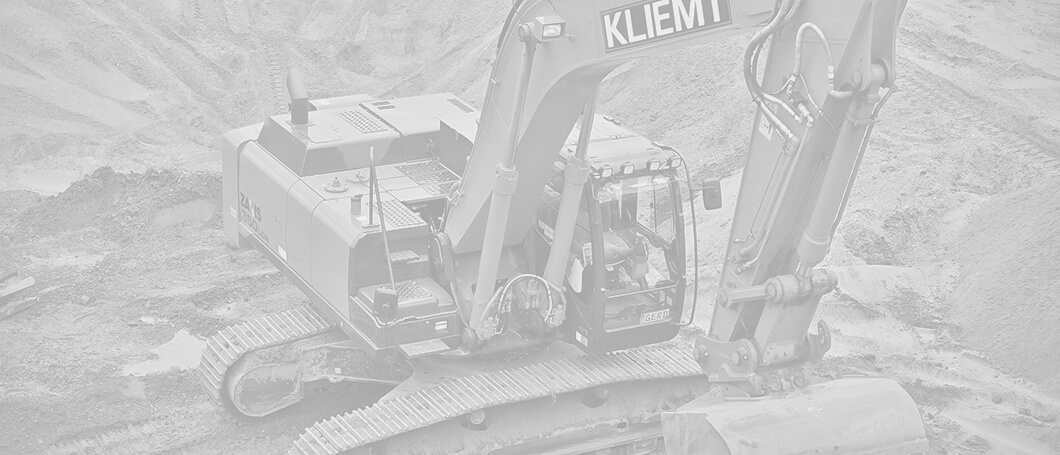

How to Tell Whether to Repair or Replace Equipment
Every equipment owner fears the chilling phrase “equipment downtime”, but unfortunately it’s an inescapable part of ownership that you have to be prepared for. Inevitably, when things do go wrong, one of the tougher questions to answer is whether to fix or replace the damaged equipment. Too often owners will focus on the physical condition of the equipment when really they should be assessing the operating costs to date, resale value, downtime etc. Below we’ve listed some of the first things to consider before making any decisions.
What is the cost per hour?
This involves some detailed analysis, but by looking at the fixed costs (purchase price, depreciation, interest) and variable costs (repairs, maintenance) you can begin to plot a ‘cost per hour’ since you took ownership.
Once you have this figure you can then perform the same calculation for a new piece of equipment based on anticipated maintenance and repairs.
How long will the equipment downtime be?
This is usually down to the availability of replacement parts and the severity of the repairs. If downtime is likely to affect scheduled work, what is the impact of this? It may make sense to hire a replacement unit for the short-term.
What is the resale value?
Obtain a quote from a dealer with and without the repairs included. This gives you an indication of whether it’s cheaper to arrange the repairs yourself. Also check out auctions for similar equipment to see what you could get selling it privately.
What are the cost of repairs?
Repair costs may differ depending on the age of the equipment and how involved the labor requirements are. If the cost of repairs is consistently exceeding what the monthly payments on a new unit would be, then it makes sense to part ways.
Upcoming Maintenance?
It’s worth studying the maintenance program to see what servicing procedures are forecast over the next year. If you’re due a major component overhaul then you may want to sell up early. Bear in mind though, that dealers will also be aware of these upcoming repairs and may adjust their offer price accordingly.
The only real way of calculating the true cost of owning a piece of equipment is to add up all the fees when it’s sold. However, it’s much more effective if you can plan ahead and estimate what these fees might be. Therefore, it can’t be stressed enough how important it is to have an equipment plan in place that minimizes risk. You don’t want to be in a position where a large percentage of your equipment is due for a major repair in any given year. You need to build a program that turns over equipment at the right stage by looking closely at the likelihood of component failure vs the average lifespan.


